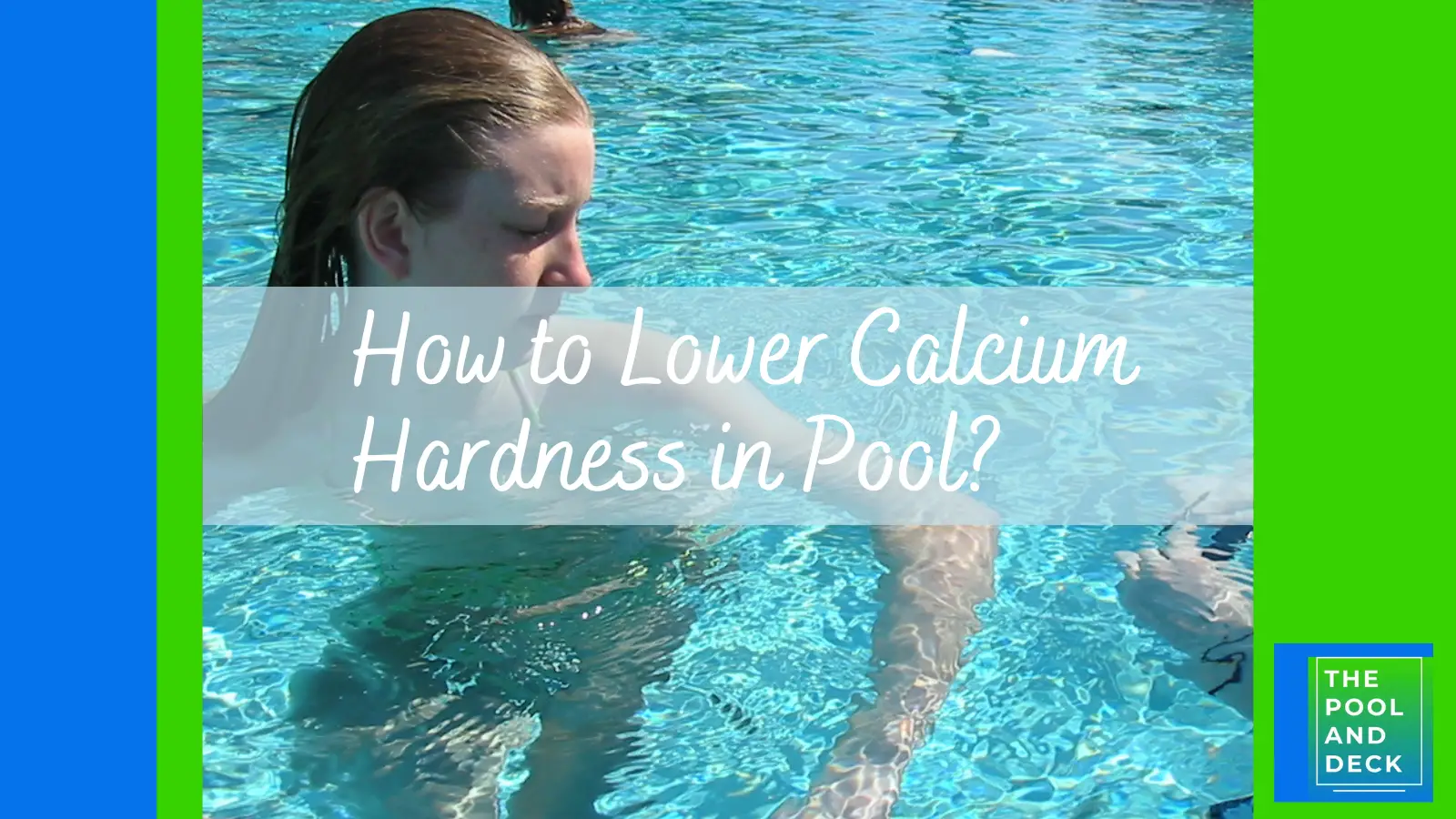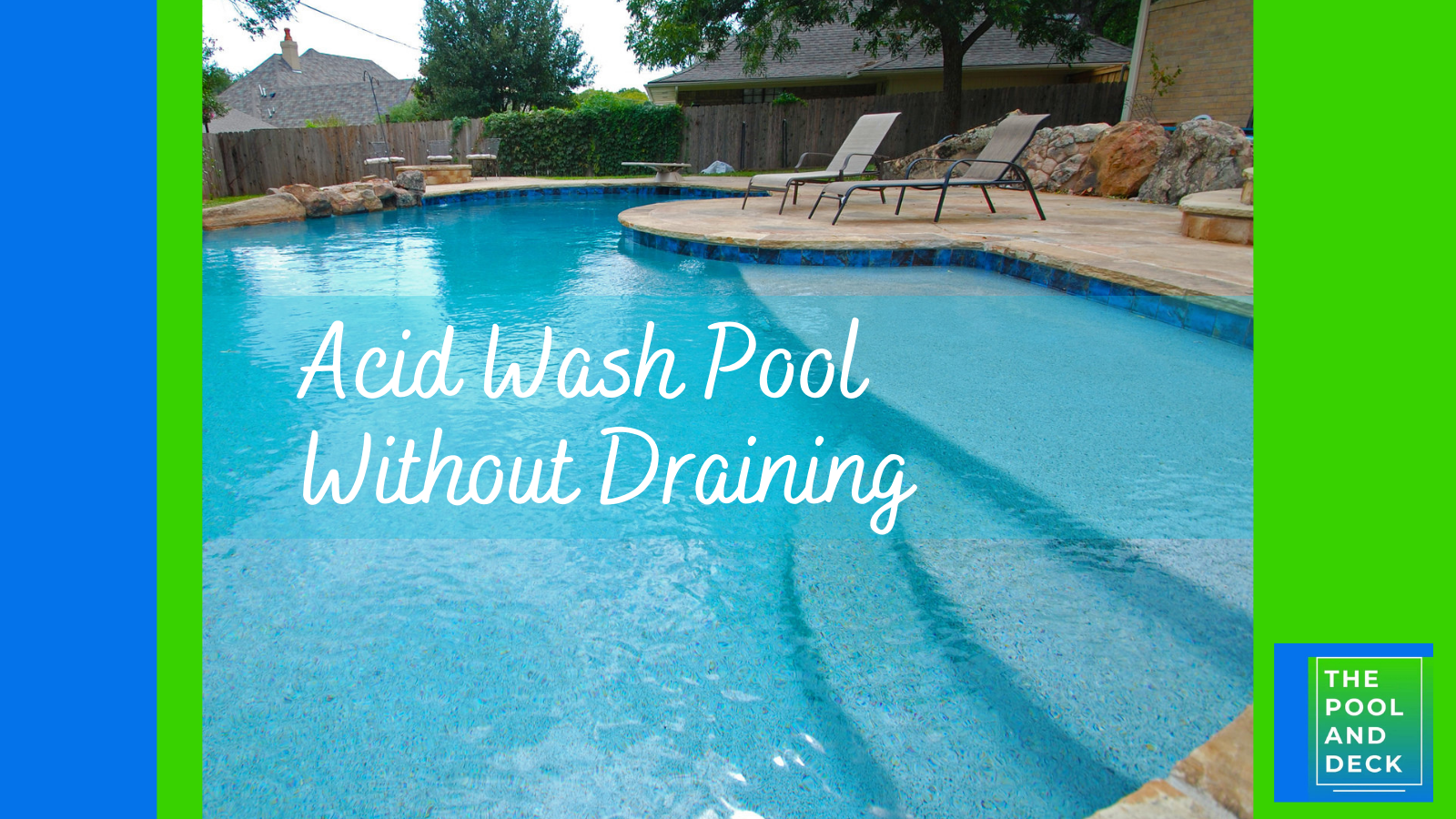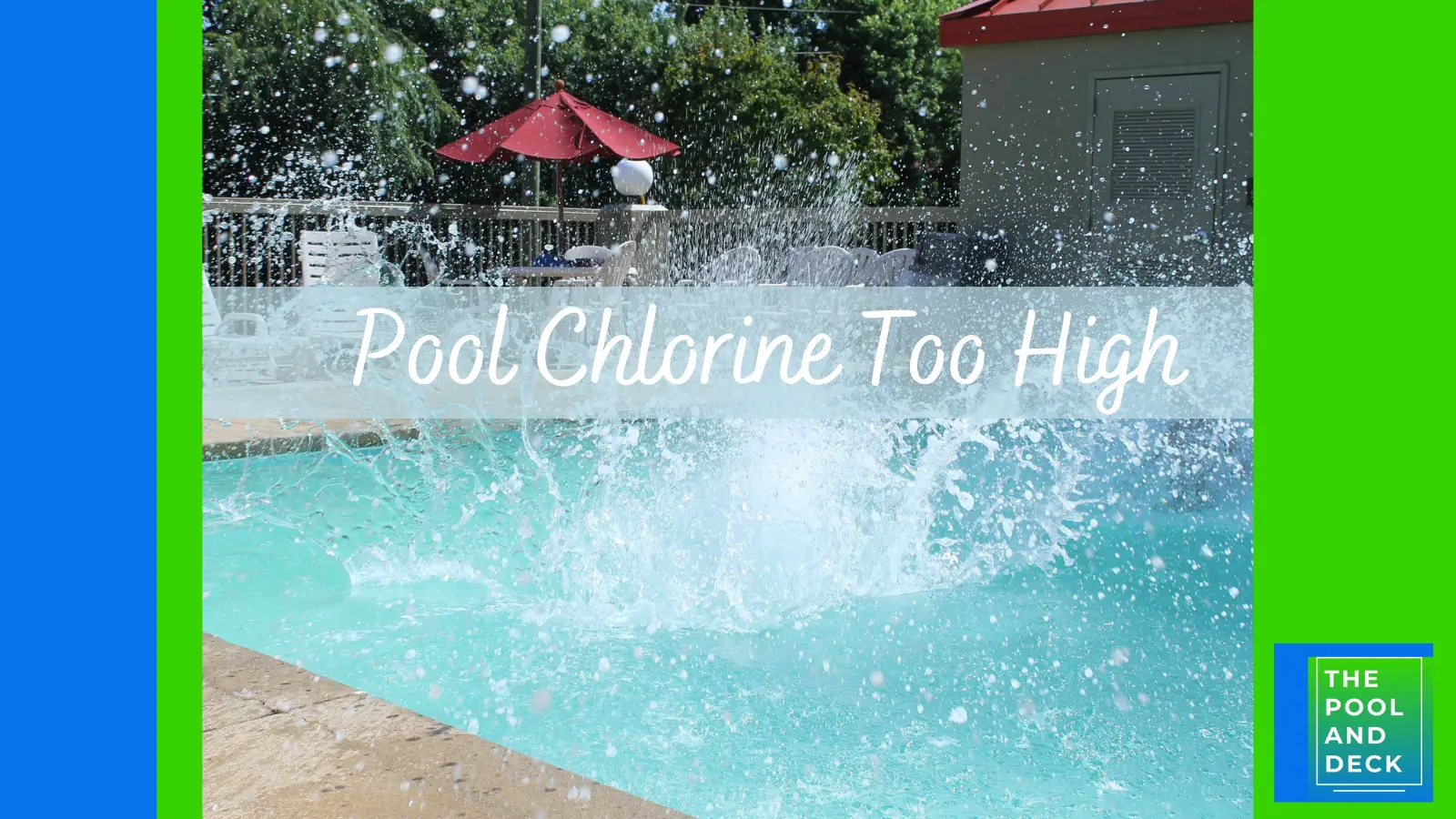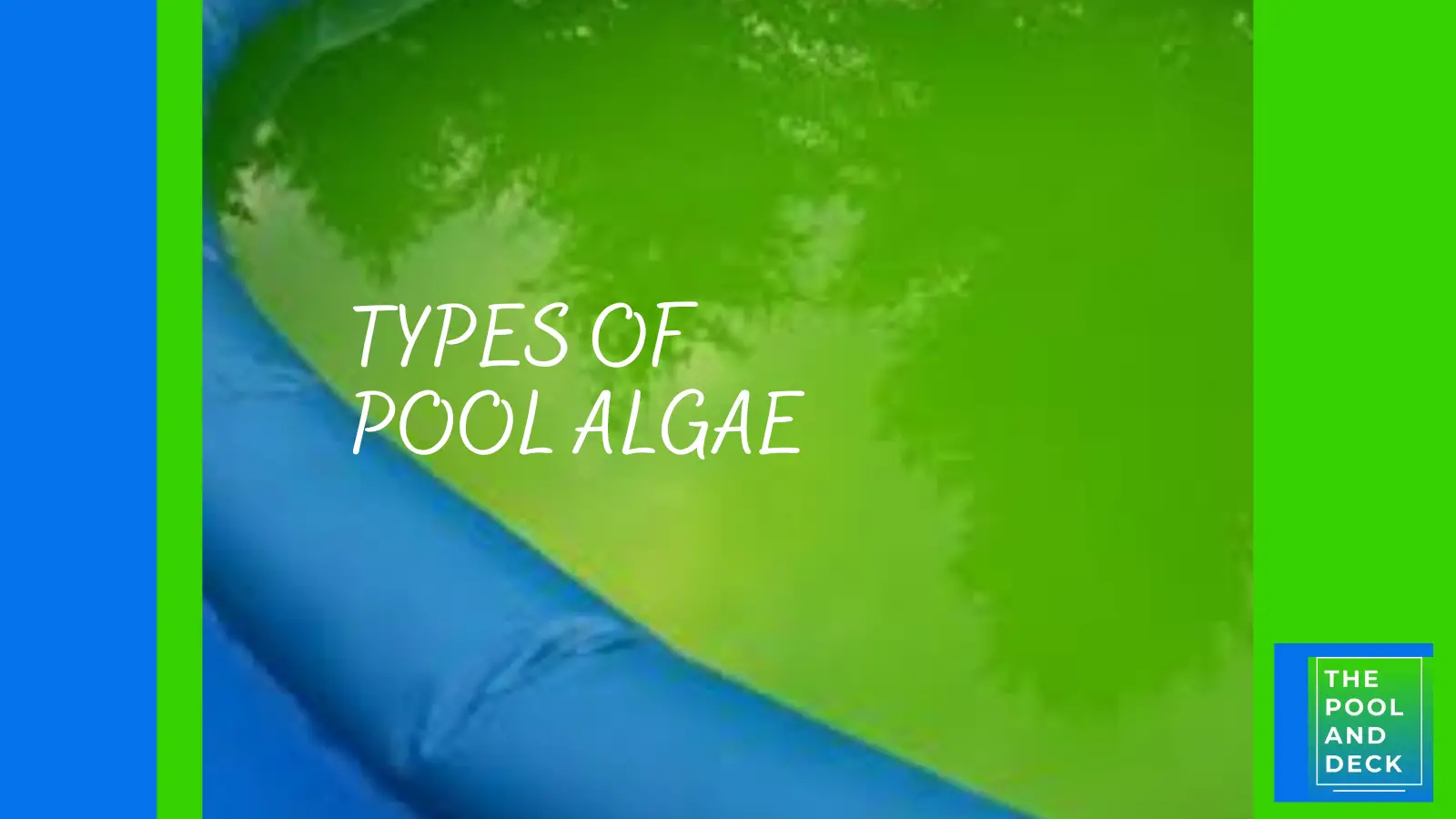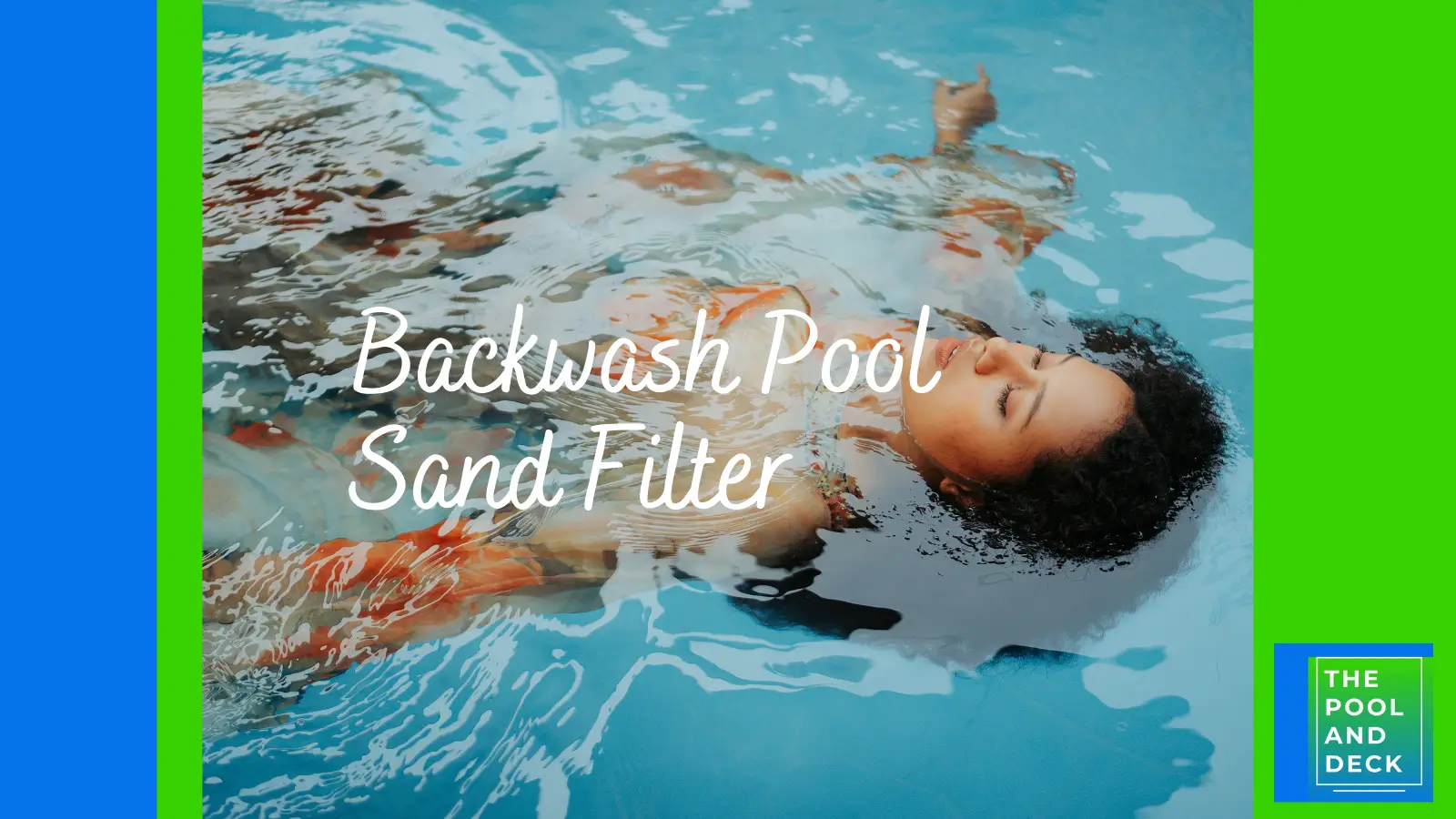How to Get Rid of Pink Algae in Pool? (9 Step Effective Process)
As an Amazon Associate, I earn from qualifying purchases.
I love pink, but not when it is slimy pink algae in my pool. I am sure you don’t too! No wonder you want to know how to get rid of pink algae in pool as soon as possible.

Despite regular upkeep and chemical treatments, this resilient pink growth can persist, especially in shaded pool areas. Now before I can tell you how to get rid of pink algae in pool, I must tell you about pink algae.
So, let’s get started.
Table of Contents
What is Pink Algae?
Pink algae, often mistaken for a type of algae, is actually a type of bacteria known as Serratia marcescens. Therefore, pink algae is also known as pink slime or pink bacteria.
Pink algae manifests as reddish-pink slime in swimming pools, appearing as layers or streaks in areas with minimal sunlight and water movement, such as corners, crevices, and fixtures. It can also form in areas with organic debris buildup, such as leaves or pollen.
While chlorine and bromine, common pool sanitizers, are effective against many germs and bacteria, pink algae exhibits resistance to these chemicals, making it challenging to eradicate completely.
Though pink algae may not pose a direct health threat to humans, it can contribute to accidents due to its slimy nature, increasing the risk of slips and falls around the pool area.
If ingested or introduced into the body through open wounds, eyes, or nose, it can lead to various illnesses, including respiratory and urinary tract infections. So you certainly don’t want to be swimming in a pool that is infested with pink algae (aka pink slime).
Where Does Pink Algae Come From?
Pink algae, also known as pink slime or pink bacteria, can find its way into your pool contaminated water sources or brought in by swimmers or pool accessories such as toys and floats. Pink algae spores can also be carried into the pool by wind or rainwater.
Inadequate sunlight, sanitation and poor water circulation can create an environment conducive to pink algae growth.
How to Test for Pink Algae in Pool?
The color is so striking that you will just see pink algae when it makes an appearance in your pool.
Nonetheless, during your daily inspection and maintenance walk around the pool, keep an eye out for pink, reddish, or orange slime on the pool surfaces, especially in areas with limited sunlight and poor circulation.
Use a pool water testing kit to check the water chemistry, including pH, alkalinity, and sanitizer levels. If these are off, then an algae bloom may be waiting to happen.
If you are a new pool owner, you can get comprehensive information from my blog post, Pool Chemistry for Beginners: With 5 Super Helpful Cheat Sheets!
How to Get Rid of Pink Algae in Pool?
NOTE: As pink algae is in fact a type of bacteria that is quite resistant to chlorine and standard algaecides, manual removal is usually more effective.
Step 1: Check Filter and Run Pump
Start by ensuring that your pool filter is clean and in good working condition. Run the pump continuously to circulate the water and aid in algae removal.
Step 2: Test and Balance Water
Test the pool water for pH, chlorine, and alkalinity levels. Adjust as needed to maintain proper water chemistry, which helps prevent algae growth.
To make your pool water testing process accurate and simple I recommend using the Ultimate Pool Water Tester
Ultimate Pool Water Tester
Comprehensive 27-parameter water testing for pools and hot tubs, ensuring crystal clear, safe, and perfectly balanced water.
Step 3: Balance Water Chemistry:
Maintain proper water chemistry by testing and adjusting pH, alkalinity, and sanitizer levels. Pink algae thrives in unbalanced water conditions, so keeping these parameters within recommended ranges can help prevent its growth.
Step 4: Skim & Scrub
Use a pool skimmer to remove any pink slime on the water’s surface. Use a pool brush to scrub the walls and floor of your pool vigorously.
Focus on areas where pink algae is visible, such as corners, steps, and behind pool accessories. This helps loosen and remove the algae from the surfaces.
Step 5: Shock the Pool
Add chlorine shock treatment to your pool water, distributing it evenly throughout the pool. Target areas with visible algae growth and follow the appropriate dosage based on your pool’s size.
Super-chlorinate your pool with a shock treatment to kill as much green algae and bacteria as possible. I recommend using HTH 52037 Pool Care Shock Advanced as it is CYA Free.
Cyanuric Acid Free Shock (Cal Hypo)
HTH 52037 Pool Care Shock Advanced
A fast-dissolving, convenient 4-in-1 Cal Hypo formula that kills bacteria & algae, reduces chlorine odor & irritation, and quickly restores crystal clarity.
Step 6: Use Pink Pool Treat Algaecide
Apply a quality algaecide specifically formulated to treat pink algae.
I know we keep using the terms pink algae and algaecide, when actually we should be saying pink bacteria and bactericide, but that’s the way it is.
Try out Pink Pool Treat Algaecide. It really works!
Pink Pool Treat Algaecide
- Pink treat is an E.P.A. registered algaecide
- Effectively kills pink algae, slime and water mold
- Great for any pool surface
- Compatible with baquacil and soft swim
Step 7: Turn Pump Off and Clean Filter
After shocking the pool, turn off the pump and clean the filter to remove dead algae and debris. This helps maintain proper filtration efficiency.
Step 8: Brush and Vacuum Pool
Brush the pool once again to dislodge dead algae so that they settle at the pool bottom. Vacuum the pool to waste to remove settled algae debris.
Vacuuming to waste prevents debris from entering the filter and clogging it.
Step 9: Test and Balance Water
Test the water again after treatment to ensure chlorine and pH levels are within the recommended range. Balance the water as needed to maintain optimal conditions and prevent future algae growth.
How to Prevent Pink Algae in Pool?
Maintain Proper Water Chemistry:
Ensure your pool water is properly balanced with the right pH, alkalinity, and sanitizer levels. Pink algae thrives in unbalanced water conditions, so regular testing and adjustment are essential.
Routine Cleaning and Brushing:
Regularly brush the walls and floor of your pool to prevent algae buildup. Pay close attention to areas where algae is prone to form, such as corners, steps, and behind pool accessories.
Additionally, vacuum the pool regularly to remove any debris that could contribute to algae growth.
Use Algaecide:
Incorporate a quality algaecide into your pool maintenance routine. Algaecides contain active ingredients that target and prevent algae growth, including pink algae. Follow the manufacturer’s instructions for proper dosage and application frequency.
Maintain Proper Filtration:
Ensure your pool filtration system is functioning effectively to remove algae particles from the water. Clean or backwash the filter regularly to prevent algae buildup and maintain optimal filtration efficiency.
Routine Maintenance:
Implement a consistent pool maintenance schedule that includes regular testing, cleaning, and chemical treatment. By staying proactive and consistent with maintenance tasks, you can prevent pink algae from taking hold in your pool and keep the water clean and clear for swimming.
Thank you very much for reading the post. I do hope you found it informative and helpful.




